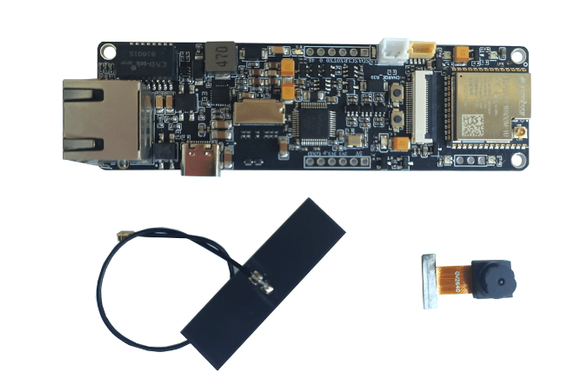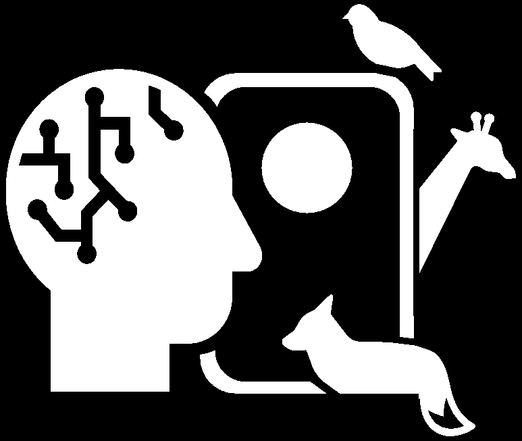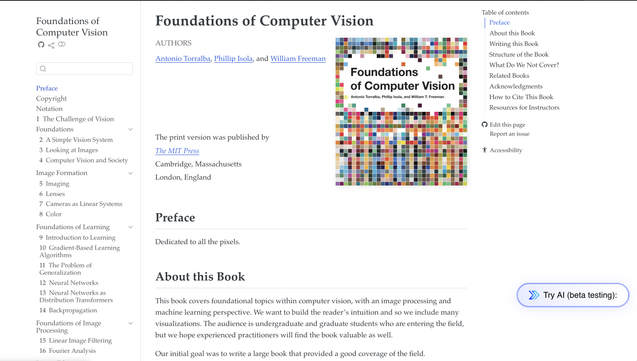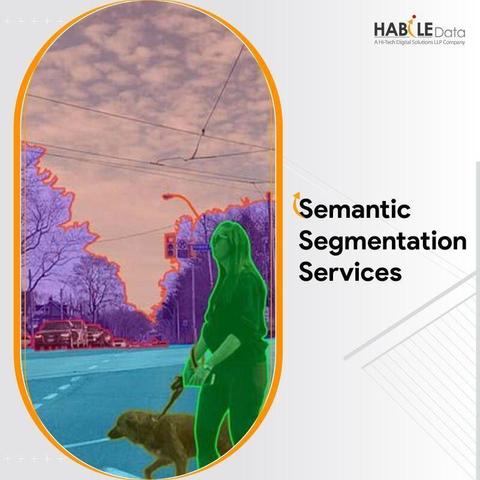#SoftwareEngineer #GetFediHired #ComputerVision #Automation
Hey Fedi friends, you know anybody looking for a computer vision engineer for a short term project? I'm looking to get some more time in with OpenCV, YOLO, and just generally working with cameras, geometry, and the like.
If you or someone you know wants to do some industrial automation, robotics, or something in that ballpark, hit me up!
My pedigree is mostly full-stack SaaS (JavaScript, Docker, AWS, Node.js, Python, stuff like that), but I spent a year and a half building a smart fridge with auto inventory and precision atmospheric control, and I'm kinda itching to dive back into that kind of work. I love working with sensors, I2C, GPIO, KiCad, and JLC.
Of course, I'm open to other projects in my wheelhouse, too, if you're hiring.






